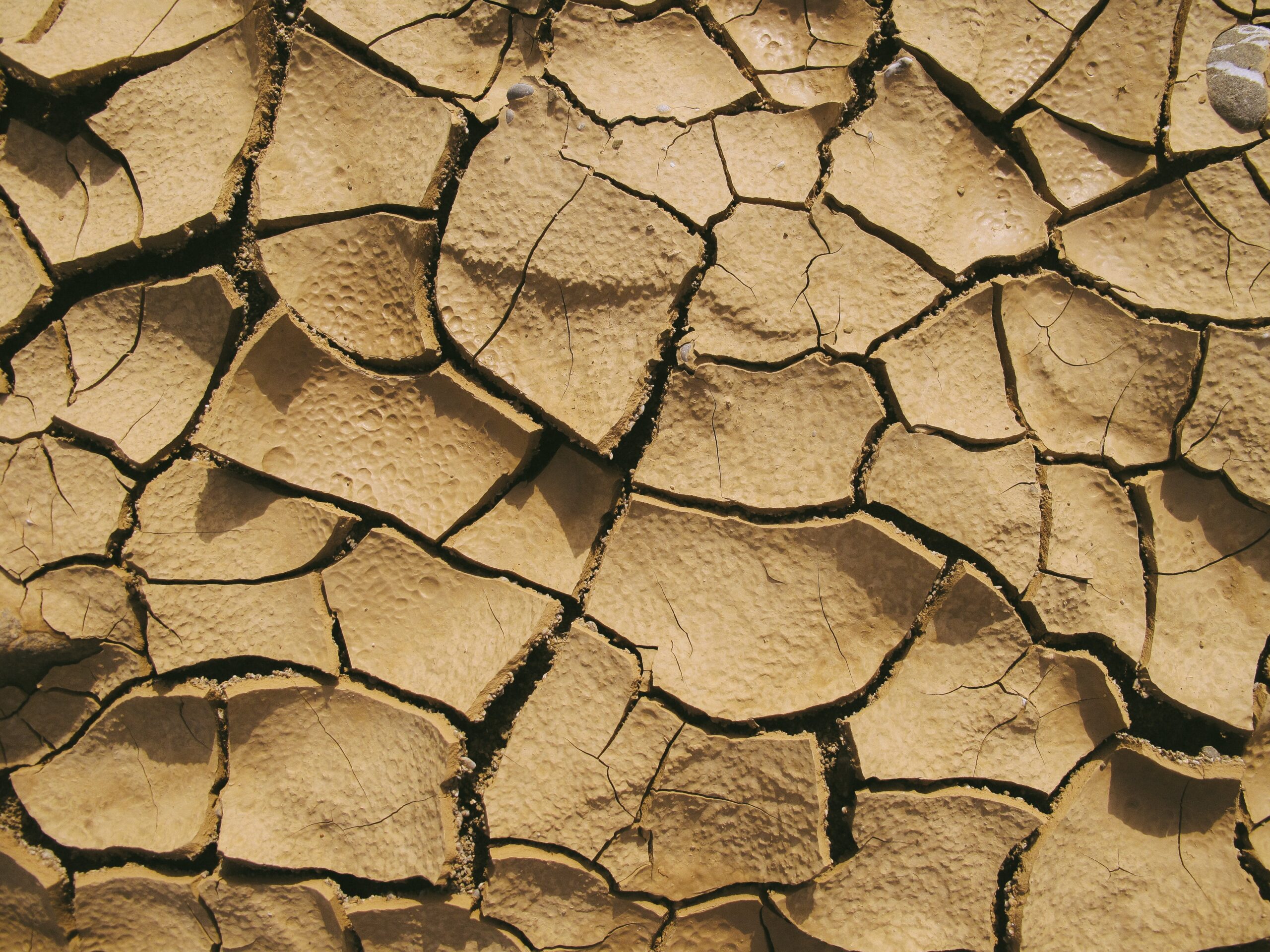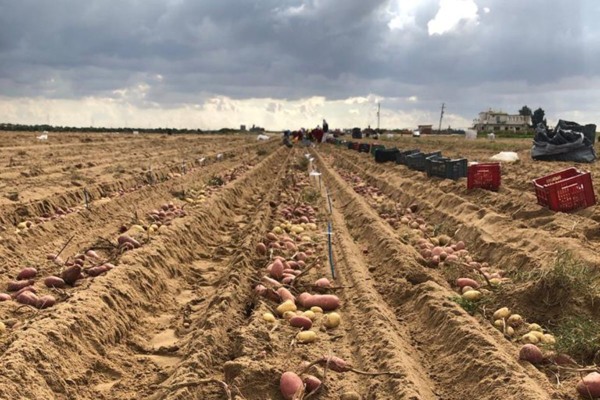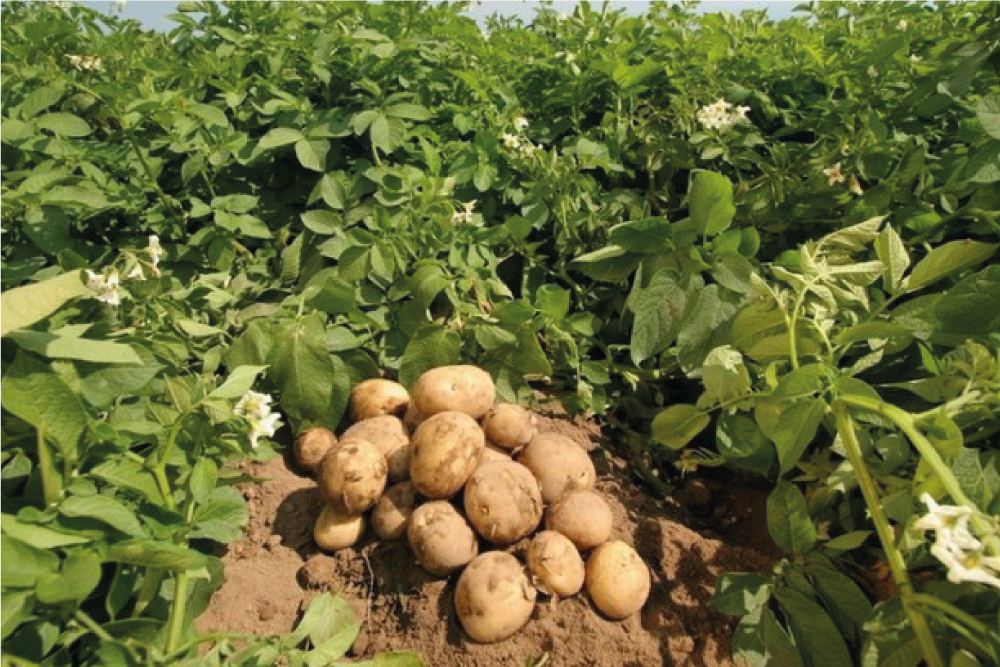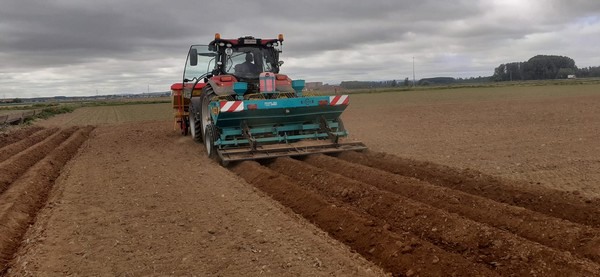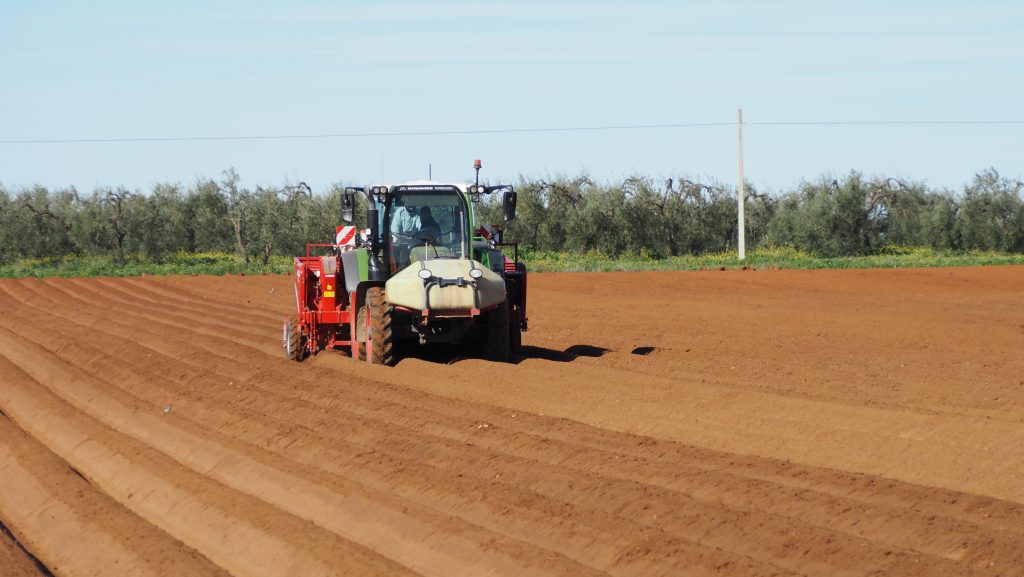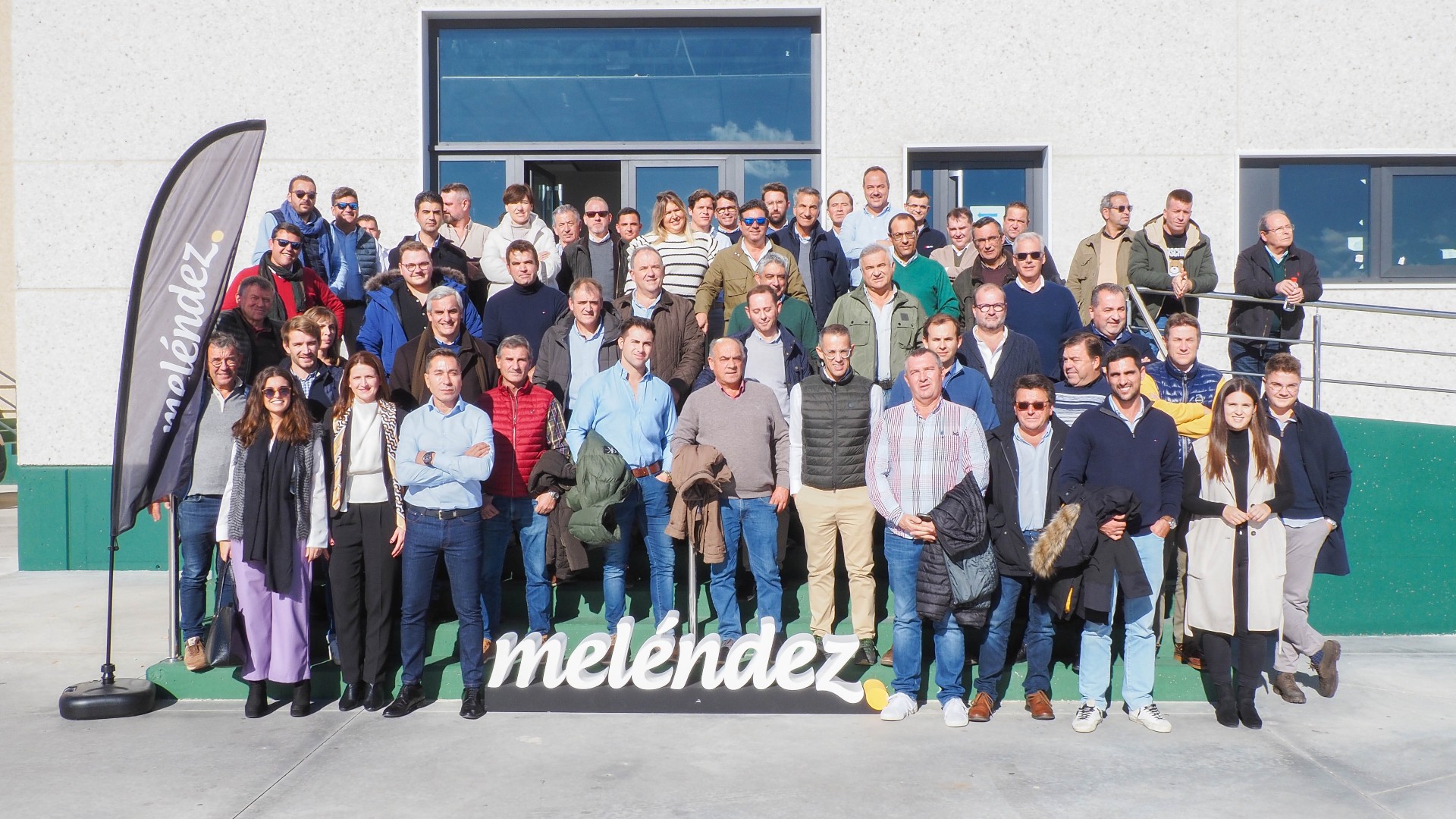Log in
Create an account
Reset password

Predictive models warn that the countryside will need more water than now by the end of the century.
A team from the University of Cordoba has published reference evapotranspiration projections for Andalusia up to 2100, using a machine learning model that allows these data to be obtained from air temperature.
In the context of a climate crisis in which temperatures are rising (July 2023 was the hottest month since 1880) and precipitation patterns are changing, leading to torrential rainfall events on the one hand and droughts on the other, it is essential to understand future scenarios in order to plan adaptation and mitigation actions.
One of the most important climate impact scenarios is that of agriculture. Reference evapotranspiration, which is a hydrological parameter that quantifies the loss of water from soil and canopy by evaporation and from a reference crop (grass) by transpiration, is key to calculating crop water requirements, as it is used to accurately quantify the ‘evaporative power’ of the atmosphere based on climatic parameters alone.
With the aim of finding out what this parameter will be like in the future and its effect on water needs in the countryside, a team from the Department of Rural Engineering, Civil Construction and Engineering Projects at the University of Cordoba formed by researchers Juan Antonio Bellido, Javier Estévez and Amanda García have generated a series of maps with reference evapotranspiration projections up to 2100 in Andalusia.
In this future, the maps show an increase in reference evapotranspiration from current data of 1,300 to 1,600 mm to 1,9000 mm in 2100. In other words, in 2100, more water will be needed to compensate for evaporation and transpiration losses from the cultivated area.
“With this work we see a significant increase in reference evapotranspiration and, despite the uncertainties that the models generated may have, it shows a robustly increasing trend in this variable,” explains Javier Estévez.
How is the future calculated?
In order to understand these projections, the team has developed several predictive models based on machine learning that make it possible to forecast reference evapotranspiration using only one very simple and cheap-to-measure variable: air temperature.
Normally, to estimate the reference evapotranspiration, complete stations are needed, which are more costly and require more maintenance, since solar radiation, relative humidity, air temperature and wind speed must be measured at one point, but a high density of stations is not very viable. Thus, with these new models, “having a variable that is very cheap to measure with high precision and quality guarantees, such as air temperature, we can know the reference evapotranspiration”, facilitating the process.
In order for these models to be valid for future scenarios, they were trained with data from 122 meteorological stations distributed throughout Andalusia for the period 1999
– 2022. Once their performance was evaluated, the models were validated and applied to obtain reference evapotranspiration predictions using only air temperature, generating the 2023 to 2100 maps, which reveal such an increase over the entire southern region of Spain.
The air temperature data serving as model inputs for the period 2023
– 2100 are predictions based on the RCP greenhouse gas emission and concentration scenarios adopted by the IPCC (Intergovernmental Panel on Climate Change).
It is in the worst-case, high-emissions scenario (RCP8.5) that reference evapotranspiration would rise to 1,900mm while in a mitigation scenario (RCP5.4) it would rise to 1,700mm. The results obtained from the models were more accurate for the worst-case scenario, as it is the closest to the emissions that have been generated so far. What is clear, in any of the scenarios, is the increasing trend in reference evapotranspiration.
This work, which makes data and models open for use by both the research and farming communities, provides a vision of the future and tools for understanding and coping with the changes brought about by the climate crisis in the field of agriculture.
Subscribe to our newsletter
You will receive a 20% discount for your first purchase in our online shop.
Contact
Shop
tiendaonline@patatasmelendez.com
Commercial
comercial@patatasmelendez.com
Quality
calidadmelendez@patatasmelendez.com

